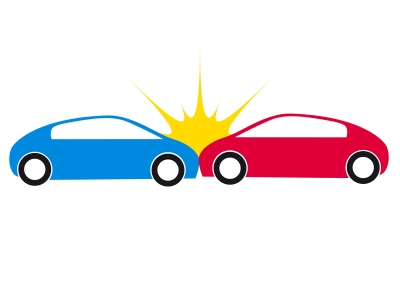If the time has come to teach your teen to drive, you may be experiencing a range of emotions, none of them good! It can induce anxiety and frustration. While you do not have time to turn your child into the world’s best driver, you have an opportunity to lay the foundation by helping him practice the most important basic skills necessary to drive safe and drive well. Here are tips for teaching three of the most important skills they will need on the road.

Helping Your Teen See
Keeping a sharp eye is crucial to driving safely. There is a lot going on that you need to be paying attention to, or your risk of an accident rises sharply. Teach your teen to always be looking around him and far ahead ,not just focusing on the car in front of him. Ask your teen to point things out to you as he sees them, such as stop signs, intersections and areas that may pose problems due to restricted vision, such as a blind intersection or a hill. Pay attention to your teen to catch problem behaviors such as staring straight ahead for a long time (which indicates he is not paying attention to the surrounding area), or drifting lanes. Instruct him of the different things to look for, such as brake lights that suggest a parked car may be pulling out soon, or that there is a slowdown up ahead. The most ideal spot for ‘’observation’’ practice is a quieter, residential street, where your teen should be on the lookout for children playing, cars backing out of driveways, people riding bikes and pedestrians.
Following in Traffic
Driving too closely to the vehicle in front presents a number of hazards. As a general rule of thumb, teach your teen the ‘’two-second’’ rule. When the weather is bad, four seconds is a safer bet. To help your teen practice this, have him start counting once the back part of the vehicle in front passes some sort of fixed landmark. Have him count in the following manner to avoid speeding up—one one thousand, two one thousand. Tell your teen to drive with ‘’high eyes’’, a term used in racecar driving that encourages the driver to look beyond the vehicle just in front and to the horizon. This is easier to do with the proper following distance—it will also give him more time to react to anything that happens with the driver in front of him. This is best practiced on an open road with a moderate degree of traffic.
Controlling Speed
Countless car accidents could be avoided if people curbed the urge to speed. Instilling the importance of driving at a safe speed cannot be understated—not just because of the safety aspect, but because this is the violation that is most likely to land your child a ticket and a sharp increase in insurance premiums. Knowing how fast to drive in a particular instance can be challenging for a new driver, but there are some things you can do to help him along. As a general rule of thumb, instruct your child that as long as the road conditions are ideal, keeping pace with the other cars is a good idea—but not if that means speeding. Stress the need to slow down at crucial times, such as when approaching an intersection or coming around a curve. Have her practice at various places, such as school crossings, unfamiliar intersections, hills and where she needs to be on the lookout for pedestrians.
Kelli Cooper is a freelance writer who blogs about a variety of topics related to cars and driving; she recommends you visit Kanetix for more information on Canadian car insurance.
Photo Credit

